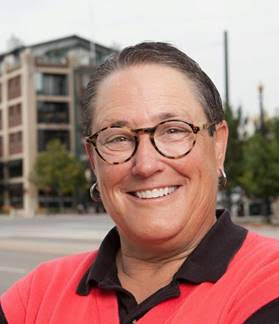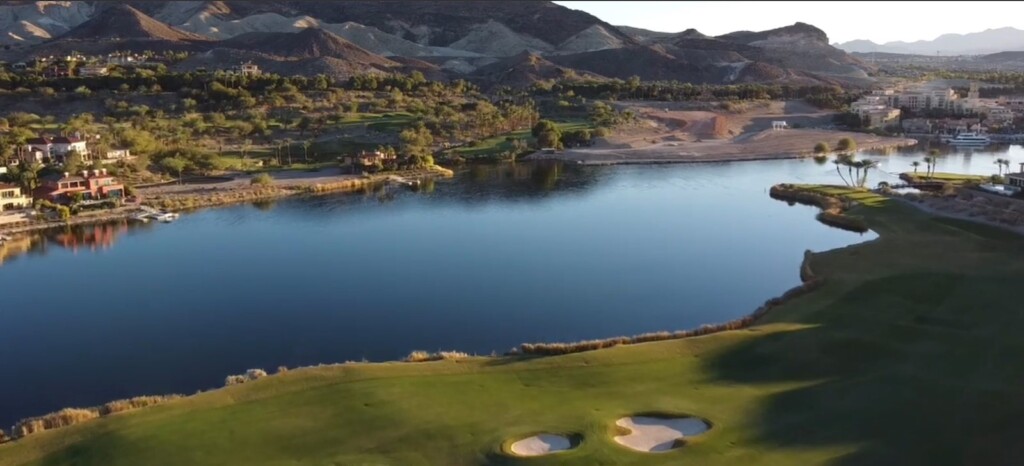
Cough, cough, hack. Those are the sounds you hear no matter where you go in the Salt Lake Valley during January.
People don’t believe me when I tell them we used to have air so dark and black that it was no different than a pea soup fog in London. If you walked outside in the morning in the early 1900’s dressed in a white shirt, you’d come home wearing a gray one. The air pollution was that bad. In those days we heated with coal, the most popular and cheapest fuel available.
Victorian homes were built with transom windows just above the doors, not just as vents for natural air conditioning in the summer, but also to let out the coal smoke in the winter.
Back then we didn’t have so many cars spewing out toxic fumes into the valley air, but we had smelters belching over our rooftops. We had the largest lead smelter in the world located in Murray. It processed thousands of tons of ore in its heyday, and in 1870, Murray produced the first silver bars ever smelted in Utah.
You know we’re famous for the copper, silver and gold mines that dot and define our Wasatch Mountains, but those metals don’t just come out of the rock pre-made into bars and coins. The ores must be heated and treated with chemicals to separate the riches from the unwanted byproducts, which in the past, were released without caution to the winds.
The Murray smokestacks came down in the summer of 2000. One stack was infamous for its big Colonel Sanders face and ‘KFC’ letters running from the top of the tower to the ground. The grounds at the base have since been EPA certified as clean, and you’d never know the history of the area based on the commercial development that stands there now.
The Kennecott smokestack just off I-80 east of the Tooele exit is 1,200 feet from top to bottom—higher than the Las Vegas Stratosphere and twice as tall as the Space Needle in Seattle. It was built in 1970 when the Federal Clean Air act came into play. It was meant to disperse waste gases, and indeed it did, capturing 99.9% of all sulfur gases released. On some cold air days you can look out there and see big smoke coming from the stack, but it’s mostly just steam.
What are we supposed to do to stop the seasonal hack? It’s hard to clear the air when you live in the bottom of a geological cereal bowl. We can all try not to drive so much, but few of us will do it.
I am a Board member of UTA, and I ride mass transit as often as possible. You can too. Go to RideUTA and see how you can make a difference in keeping car pollution out of the air and how public transit helps us all.





